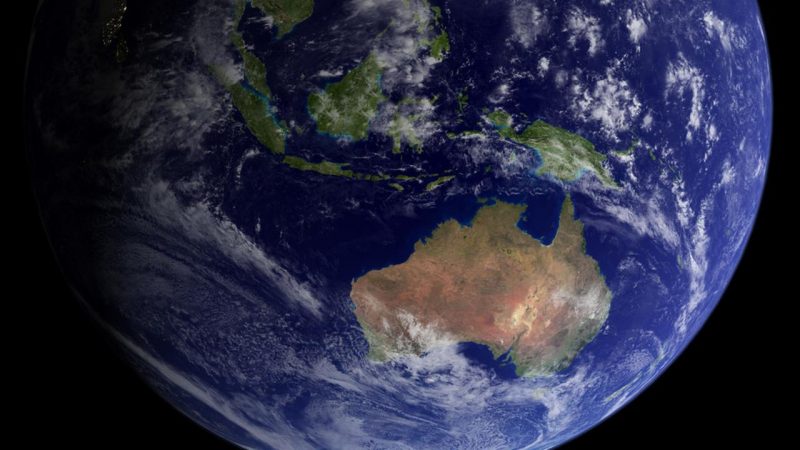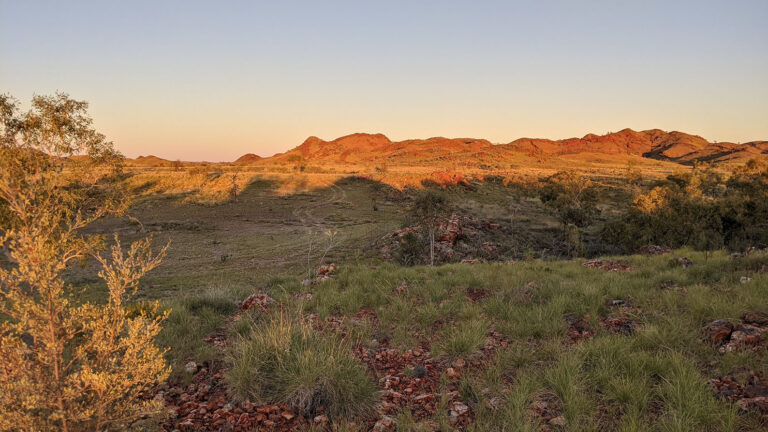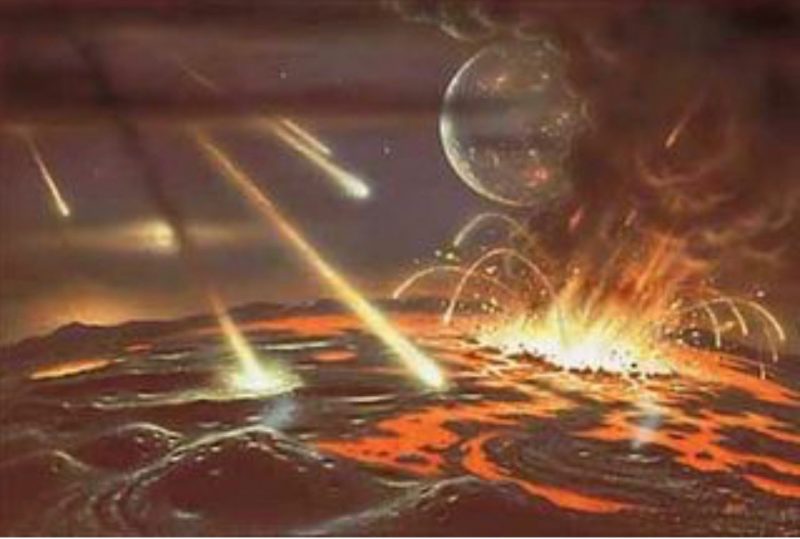
Did giant meteorite impacts create the continents?
Earth has been around for some 4.5 billion years. Our recent history has been quiet, with most meteorite “strikes” coming in the form of space dust that filters down through our atmosphere, resulting in fleeting streaks of light in our sky. But during our planet’s first billion years or so, meteorites of all sizes bombarded the young Earth. A team of scientists from Curtin University announced on August 11, 2022, evidence that giant meteorite impacts on early Earth created the continents we know today.
Tim Johnson of Curtin University’s School of Earth and Planetary Sciences led the research team. The team published its study on August 10, 2022, in the peer-reviewed journal Nature.
For decades, scientists have tossed around theories suggesting the original continents formed at sites of giant meteorite impacts. But now Johnson says his team has solid evidence to support that claim.
Exploring the Pilbara Craton
Their new paper states:
Earth is the only planet known to have continents, although how they formed and evolved is unclear.
In order to get a better understanding of how the continents came to be, the team of scientists looked at crystals in the Pilbara region of Western Australia. It’s a region known for its ancient landscapes. The Pilbara Craton – an old and stable part of Earth’s crust – is one of just two places in the world where scientists have identified crustal rocks 3.6 to 2.7 billion years old. This puts them back in what scientists call the Archean eon.
In fact, the Pilbara Craton is home to evidence of the earliest known life on land. This discovery, in 2017, related to microbial mineral deposits that are 3.48 billion years old.

Examining crystals in ancient crusts
The team of scientists studied the rocks of Pilbara Craton for evidence of giant meteorite impacts. Johnson said:
By examining tiny crystals of the mineral zircon in rocks from the Pilbara Craton in Western Australia … we found evidence of these giant meteorite impacts. Studying the composition of oxygen isotopes in these zircon crystals revealed a ‘top-down’ process. It started with the melting of rocks near the surface and progressed deeper, consistent with the geological effect of giant meteorite impacts.
The study of the crystals showed that the heat that melted and transformed the rock didn’t come from below, but from above. This would be more consistent with a giant meteorite impact rather than, for example, Earth’s molten core. Johnson continued:
Our research provides the first solid evidence that the processes that ultimately formed the continents began with giant meteorite impacts, similar to those responsible for the extinction of the dinosaurs, but which occurred billions of years earlier.
Giant meteorite impacts and mineral deposits
So these ancient meteorite impacts help us understand how Earth’s continents formed. And, these scientists said, they are useful in the search for elements that can support today’s green technologies. Landmasses host the majority of Earth’s biomass, including all humans and nearly all of our important mineral deposits. Johnson said:
Not least, the continents host critical metals such as lithium, tin and nickel. These commodities are essential to the emerging green technologies needed to fulfil our obligation to mitigate climate change.

Expanding their research across the globe
Next, Johnson wants to expand his studies to see if the discoveries they made at Pilbara Craton can be applied to other locations on Earth:
These mineral deposits are the end result of a process known as crustal differentiation, which began with the formation of the earliest landmasses, of which the Pilbara Craton is just one of many. Data related to other areas of ancient continental crust on Earth appears to show patterns similar to those recognized in Western Australia. We would like to test our findings on these ancient rocks to see if, as we suspect, our model is more widely applicable.
Bottom line: Scientists studying the Pilbara Craton in Western Australia have found evidence that the continents got their start from giant meteorite impacts.
Source: Giant impacts and the origin and evolution of continents











